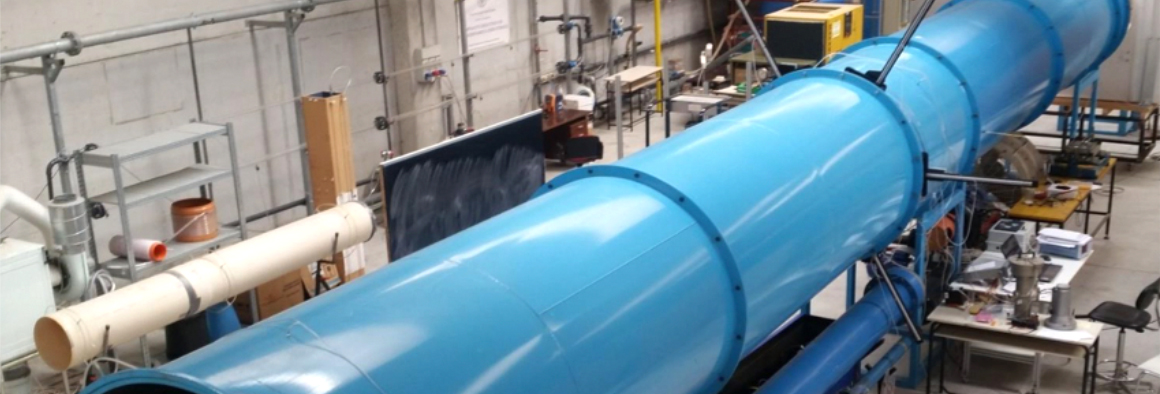Verification aeraulic and acoustic performance of dry coolers

LU-VE has commissioned us a project that was aimed at identifying the impeller/motor solutions that are most effective to ventilate a dry cooler which was the subject of this study. The generated know-how also allowed us to provide a result that was not required: the distribution of pressure losses within the device, precious information that is useful in conceiving and designing new dry coolers.

Customer: LU-VE Exchangers
LU-VE Exchangers is a company which is part of the LU-VE Group, an international organization. They manufacture a wide range of exchangers for applications that include numerous and ample sectors, such as, for example, commercial and industrial refrigeration, air conditioning and energy production.
Advantech TIME test project
LU-VE involved us in the process aimed at optimizing aeraulic and acoustic performance of a specific dry cooler since we were capable of running tests within the standards, even for larger objects compared to the standard ones, and because we were also willing to test in conditions that fall outside of the standard. Thanks to our test process and our previous experience, we were able to supply additional know-how, unexpected to LU-VE, related to pressure losses distribution within the device: information that is very useful when designing ever more efficient dry coolers with a low acoustic impact level.
Phases of the project for acoustic, and aeraulic performance tests within the standards
- Definition of test conditions and identification of the test processes according to specific reference standards (UNI 5801 for fan performance, UNI 9614-1 for acoustic emissions detection).
- Designing and building a test system, by modifying the available system in order to make it possible to install a complete dry cooler, and perform the test in conformity with the provisions of UNI 5801.
- Running tests on the test system for different impeller configurations in order to verify related standard performance for each one, associating performance of the fan unit to system pressure losses and acoustic emissions.
